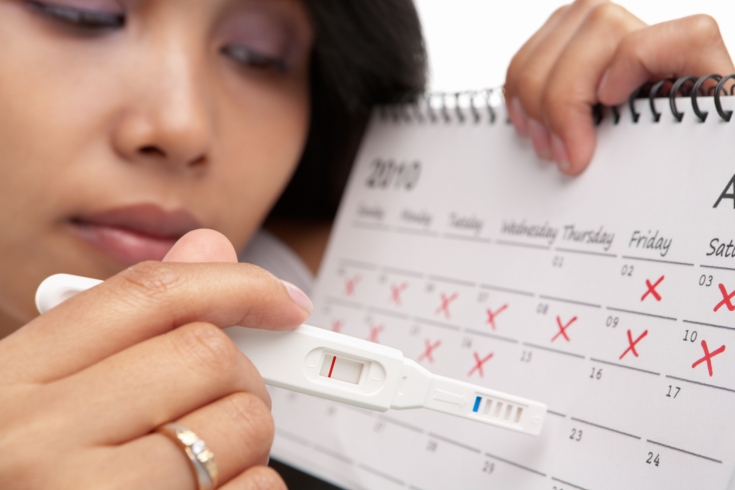Infertility is said to be when a married couple (the age of the spouses is less than 35 years old), while maintaining a regular sexual life without the use of contraceptives, is not able to conceive a child for a year. If, under similar conditions, conception does not occur in partners older than 35 years, then infertility is exhibited after 6 months. This pathology currently ranks third after oncological and cardiovascular pathology. According to statistics, female infertility in marriage accounts for 42 – 65%, male is 30 – 50%, and mixed, due to reproductive disorders in both women and men, reaches 28 – 48%. Thanks to the development of medicine, the development of new methods of diagnosis and treatment, the problem of the absence of pregnancies today is completely solvable. He will tell about modern approaches to the treatment of infertility & nbsp; estet-portal.com.
Importance of reasons for successful infertility treatment
The ineffectiveness of treatment for infertility depends on making an incorrect or incomplete diagnosis. Success in the treatment of infertility is directly proportional to the accurate diagnosis of its causes.
The main causes of female infertility include:
• tubal-peritoneal, caused by functional disorders in the fallopian tubes or adhesions of the small pelvis, leading to obstruction of the tubes (40 & ndash; 50%);
• endocrine, caused by metabolic disorders, synthesis of male and female steroids (15 – 30%);
• genital endometriosis (ovaries, uterus) is 20 – 30%;
• uterine, due to gross congenital and acquired uterine defects, a rare form (absence of the uterus, infection of its cavity, the presence of intrauterine synechia, damage to the basal layer of the uterine mucosa);
• immunological, due to the production of antibodies by the female body against partner spermatozoa, is a rare form (3%);
• psychological or unclear origin, is 5 – 19%.
The main causes of male infertility are:
• secretory, caused by testicular pathology or external factors (disturbed ecology, bad habits) and consists in a deterioration in the quality of sperm and a decrease in the number of spermatozoa;
• obstructive, due to obstruction of the vas deferens (neoplasms, injuries, postoperative scars);
•& sperm pathology – asthenozoospermia (low activity and motility of spermatozoa), teratozoospermia (damaged spermatozoa)
Infertility treatment: modern technologies
The main modern technologies for infertility treatment include:
• Ovarian stimulation
It consists in stimulating ovulation in case of violation of its process or absence. It is used for endocrine factors. To enhance ovarian function, ovulation inducers of various hormonal groups (gonadotropins, indirect inducers, gonadoliberin agonists and antagonists, and preparations based on bromocriptine) are prescribed.
• Treatment of genital endometriosis
Consists of two stages. The first stage consists in performing surgical laparoscopy and destruction of endometrioid heterotopias, the second stage – in the appointment of hormonal drugs that inhibit ovarian function. The effectiveness of treatment for this type of infertility is 40 – 65% (pregnancy).
• Laparoscopy
It is the main direction in the elimination of the tubal-peritoneal factor. In 100% of cases, it allows to establish a diagnosis. Allows you to identify the pathology of the pelvic organs, dissect adhesions, save the fallopian tubes with their plastics, destroy endometrioid heterotopias.
• LaparoscopyIt is the main direction in the elimination of the tubal-peritoneal factor. In 100% of cases, it allows to establish a diagnosis. Allows you to identify the pathology of the pelvic organs, dissect adhesions, save the fallopian tubes with their plastics, destroy endometrioid heterotopias.
• Laparoscopy
Infertility treatment: assisted reproductive pathologies
In severe cases of infertility and in the presence of mixed infertility (problems of the reproductive system in both spouses), ART methods are used:
• Artificial insemination
Performed with donor sperm or partner's sperm after its preliminary processing. It is carried out with erectile dysfunction of a partner, a low content of spermatozoa or a reduced number of them, an allergic reaction of a woman to the components of the ejaculate, and so on.
• In vitro fertilization
• ICSI
Intracytoplasmic sperm injection into the egg is combined with the IVF method and is carried out with poor sperm quality (changes in mobility, viability, structure of spermatozoa and in the presence of antisperm antibodies in the ejaculate).
• Donation of female germ cellsIVF using a donor egg• Surrogacy









Add a comment